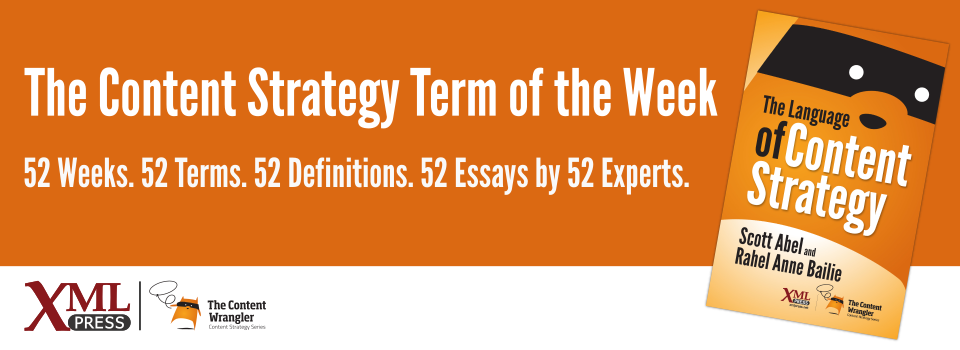What is it?
The quality of being able to be discovered and retrieved through searching or browsing.
Why is it important?
Content must be found to be consumed. Therefore, findability is critical in a world with a growing demand for fast, contextual retrieval of information.
Why does a content strategist need to know this?
“The reason people hire content strategists is that people can’t find anything,” says content strategy expert, Rahel Anne Bailie.
Your organization can have the best content: simple, understandable technical documentation; elegant, cleverly crafted marketing prose; or viral-worthy videos. But if search engines cannot understand your content or consumers can’t find it, then no one will ever get to read that information or watch that video. Content is only as good as the consumer’s ability to find it quickly and easily. If they can’t find your content, they’ll look elsewhere.
Readers find information with a combination of two intentional methods: navigation and search. However, they also encounter information.
Navigation means using the available options and contextual clues to locate content. Buttons, tabs, tables of contents, menus, links, and indexes are common navigation options online. In print, readers navigate with the help of tables of content, indices, and page numbers.
Search is the act of looking for specific content by entering a query in a search engine or application. Users form queries with keywords or search terms, and the search engine displays the query results based on its index and understanding of the request.
Increasing the findability of content means ensuring that content has appropriate metadata and structure so that search engines and consumers can locate and retrieve relevant content as needed—as well as making it more likely consumers will encounter the information they need. Well-designed navigation and content designed for search help serve up the content consumers want, when they want it.

